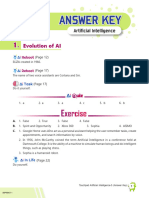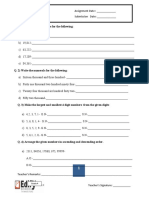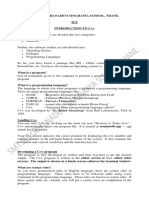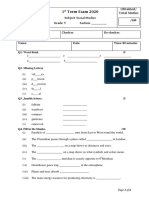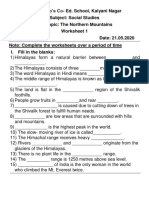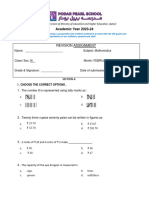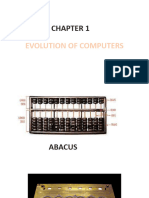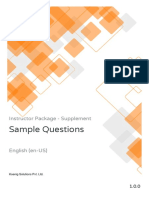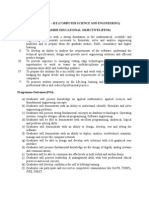100% found this document useful (1 vote)
2K views2 pagesGrade 5 Computer Revision Answer Key
Answer
Uploaded by
santosh.p2131Copyright
© © All Rights Reserved
We take content rights seriously. If you suspect this is your content, claim it here.
Available Formats
Download as PDF, TXT or read online on Scribd
100% found this document useful (1 vote)
2K views2 pagesGrade 5 Computer Revision Answer Key
Answer
Uploaded by
santosh.p2131Copyright
© © All Rights Reserved
We take content rights seriously. If you suspect this is your content, claim it here.
Available Formats
Download as PDF, TXT or read online on Scribd
/ 2

